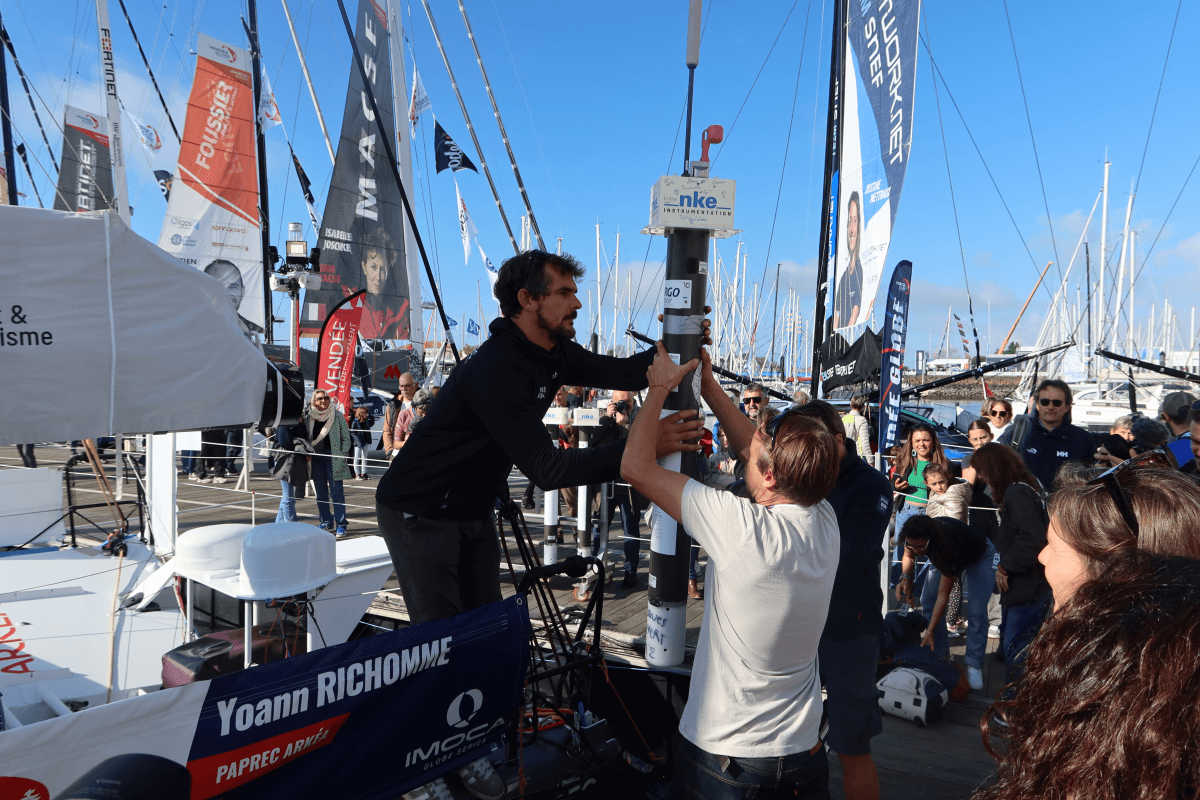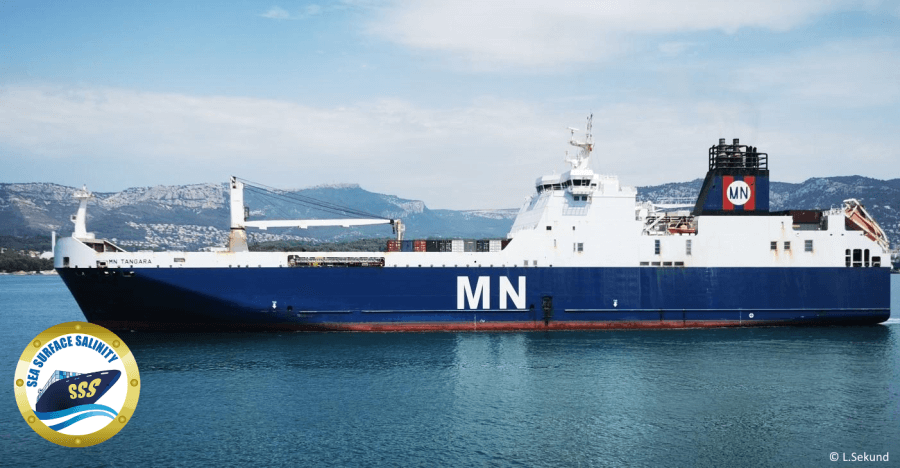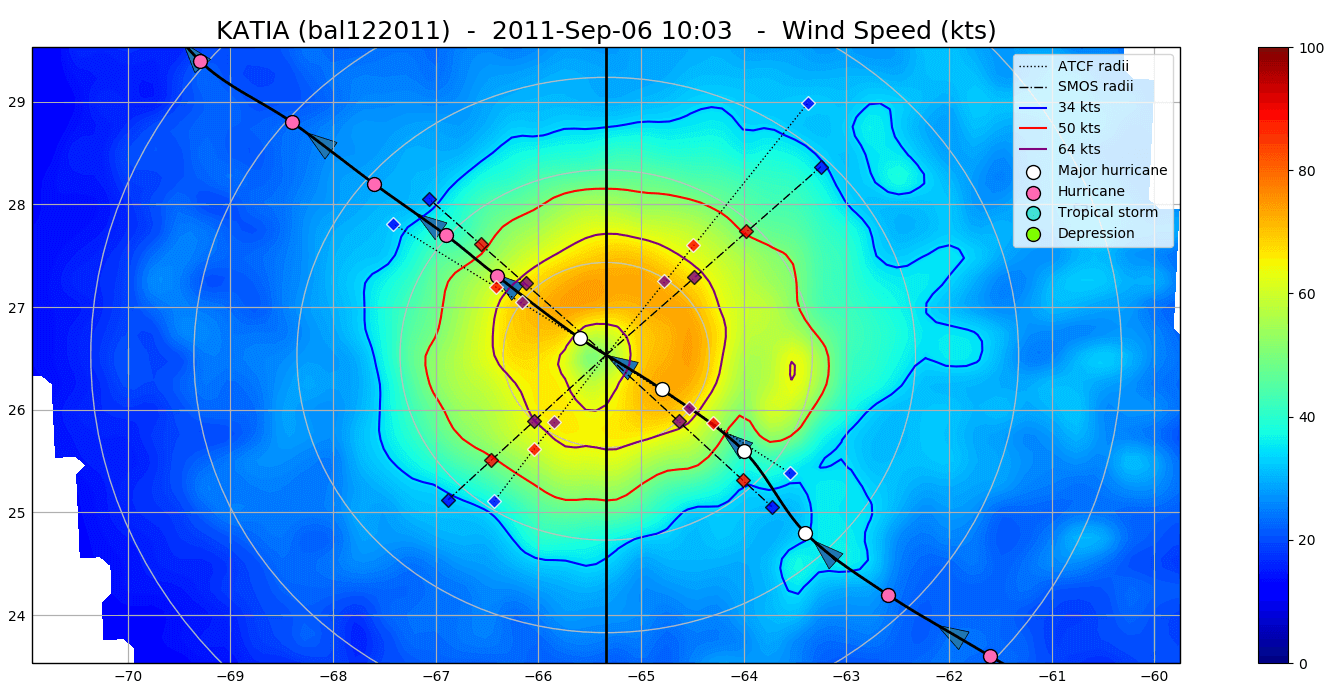Cap sur les données de température et salinité, collectées par les instruments scientifiques embarqués sur le Vendée Globe.
Salinity
ERROR: Content Element with uid "109" and type "odatisprovider_gridbloc" has no rendering definition!
Ocean salinity is the amount of salts dissolved in ocean waters. It is measured in units of salinity (psu), which expresses a conductivity ratio. On average, the salinity of the oceans is 35 PSUs, which is equivalent to ~35 grams of salts per litre of seawater.
By influencing the density of seawater, salinity influences ocean circulation: the more salty the water is, the more dense it is.






